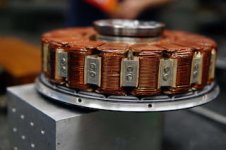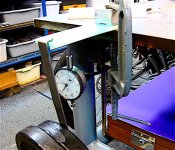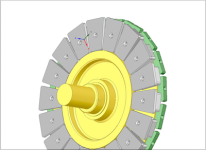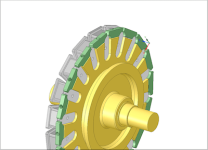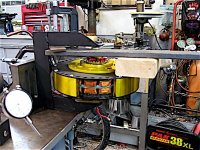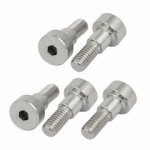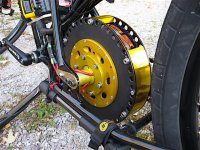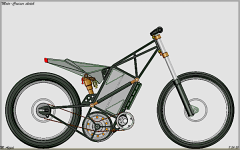InterestedinEVs
1 kW
- Joined
- Sep 21, 2010
- Messages
- 309
fechter said:The best material I can think of would be titanium, but that's probably too expensive. Titanium is a very poor conductor so would minimize losses compared to aluminum. Any kind of metal is going to need a slot to break the loop around the cores. 300 series stainless steel (non-magnetic) would also not be too bad and much cheaper than titanium. I don't know how conductive carbon fiber would be in this kind of application but would also probably work well.
I'm pretty surprised the fiberglass was too flexible, but one of those things you find out from testing.
Anyway, a huge accomplishment to get it on the bike and actually ride it. Sounds like it will be awesome if you can get past the flexing issue.
Ti may be cheaper than you think. I have a supplier for surplus plate that may have something suitable.
APL, come up with a model and shoot it over and we can go from there. You pay for material and I'll do the machining for free if you can't do it, or I can source the plate for you.


